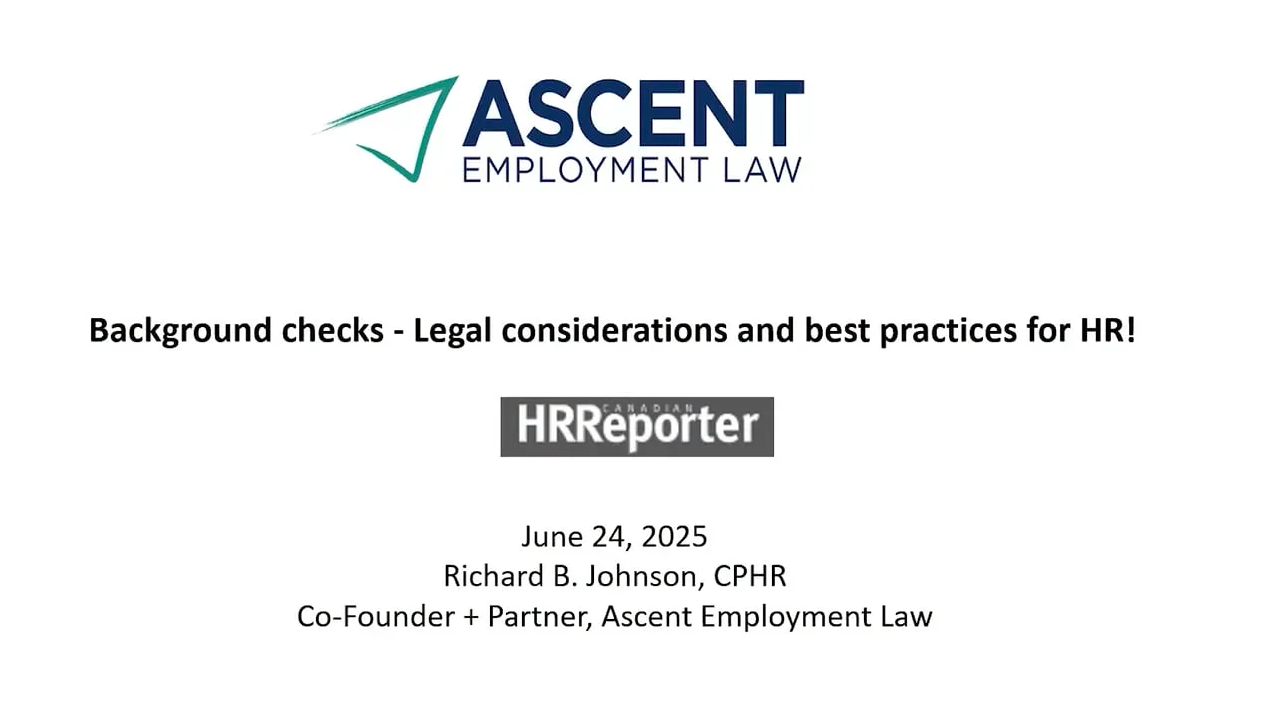Did you know that 68% of data breaches involve a human element? Human Resources (HR) departments handle some of the most sensitive employee information, making them prime targets for cybercriminals. From payroll details to personal identification numbers, HR systems store data that can be exploited for identity theft, financial fraud, and corporate espionage.
HR professionals must strike a delicate balance: implementing strong cybersecurity measures without disrupting productivity. So, how can HR safeguard data while ensuring a smooth workflow? Let’s break it down.
Understanding the Cybersecurity Risks in HR
HR departments manage a wealth of personal data, including Social Security numbers, bank account details, health records, and performance evaluations. This makes them an attractive target for cybercriminals. Common threats include:
- Phishing Attacks: Deceptive emails or messages trick HR personnel into revealing confidential information or granting unauthorized system access. These attacks often mimic legitimate requests from executives or government agencies.
- Insider Threats: Risks posed by employees or contractors who misuse their access to sensitive data, either intentionally or accidentally. A disgruntled employee with access to HR records can leak critical information.
- Weak Passwords and Credential Theft: Simple or reused passwords make HR systems vulnerable to attacks. Cybercriminals use credential-stuffing techniques to gain unauthorized entry.
- Ransomware and Data Breaches: Attackers can lock HR files and demand ransom, while data breaches expose sensitive employee information, leading to legal and reputational damage.
Ignoring these risks is not an option. Organizations must adopt proactive measures to protect both employee data and company integrity.
Implementing Effective Prevention Measures
A strong cybersecurity framework in HR requires a mix of technology, policies, and employee training. Here’s how HR teams can mitigate risks:
1. Conduct Regular Security Training
Employees are the first line of defense against cyber threats. Regular security awareness training helps HR professionals recognize suspicious activities, phishing scams, and social engineering attacks. Providing real-world scenarios and phishing simulations can significantly reduce the risk of human error.
2. Enforce Strong Access Controls
Not everyone in the organization should have access to HR records. Implement role-based access control (RBAC) to restrict sensitive information to authorized personnel only. Adding multi-factor authentication (MFA) enhances security by requiring an extra verification step, such as a one-time passcode or biometric authentication.
3. Regularly Update Systems and Policies
Cybercriminals exploit outdated software with known vulnerabilities. Ensure that HR management systems, payroll software, and employee databases are updated with the latest security patches. Additionally, review cybersecurity policies frequently to ensure they align with the latest threats and compliance requirements.
4. Foster a Culture of Cybersecurity Awareness
Cybersecurity is not just the IT department’s responsibility—it’s a shared effort. HR should promote a cybersecurity-conscious culture where employees are encouraged to follow security best practices, report suspicious activities, and avoid risky behaviors like sharing passwords or using unsecured networks.
5. Secure Data Transfers and Cloud Storage
HR professionals frequently transfer sensitive files containing employee contracts, background checks, and salary details. These transfers should be encrypted and conducted through secure file-sharing platforms, rather than email attachments or external drives. Similarly, storing HR data on secure, compliant cloud services with strong encryption reduces the risk of unauthorized access.
6. Implement Employee Monitoring Wisely
Employee monitoring can enhance cybersecurity, but it must be done ethically. Tracking apps, for example, can be used to track productivity, monitor customer interactions, and ensure compliance with company policies. When used transparently, tools like Spynger can provide valuable insights without violating privacy. Organizations must balance monitoring with employee trust by communicating clear policies on workplace surveillance.
Balancing Security with Organizational Performance
Cybersecurity measures should not slow down HR operations. Instead, they should integrate seamlessly into existing workflows to boost efficiency without causing friction. Here’s how:
- Automate Security Checks: AI-powered security tools can scan for vulnerabilities, detect unusual login activities, and flag phishing attempts in real-time.
- Use Secure HR Platforms: Modern HR software solutions come with built-in cybersecurity features like encrypted data storage and access logs. Opt for trusted, compliant HR management tools that prioritize security.
- Encourage Open Communication: If employees feel monitored without transparency, it can lead to dissatisfaction. HR should maintain clear communication on security policies and how they protect both employees and the company.
The Cost of Ignoring HR Cybersecurity
Many organizations underestimate the financial and reputational risks of HR-related cyber incidents. A single data breach costs an average of $4.45 million, according to IBM’s 2023 Cost of a Data Breach Report. Additionally, compliance violations can lead to hefty fines, especially for businesses handling international employee data under GDPR, CCPA, or HIPAA regulations.
Beyond financial losses, a breach can damage employee trust. If workers feel their personal data is not secure, it can impact morale and increase turnover rates. Strong cybersecurity measures protect not just data, but also company reputation and employee confidence.
Conclusion
Cybersecurity in HR is no longer optional—it’s a necessity. HR departments are responsible for protecting sensitive employee data, preventing breaches, and ensuring compliance with security regulations. By implementing robust cybersecurity policies, enforcing strong access controls, and fostering a culture of security awareness, HR can safeguard information without compromising efficiency.
With the right tools, transparent monitoring, and proactive security training, HR can balance security and performance effectively. The key is to stay ahead of threats, continuously adapt, and build a resilient cybersecurity framework that supports both employees and the organization.











